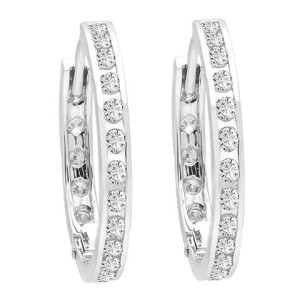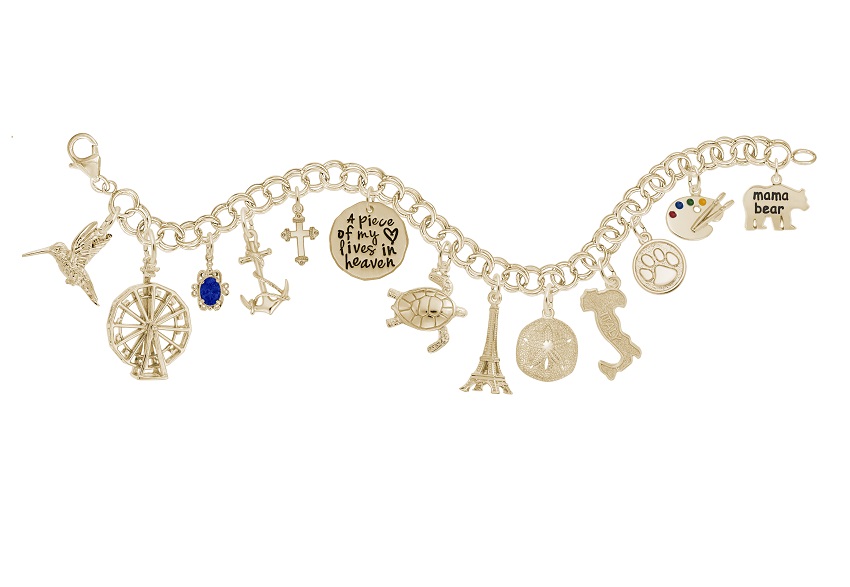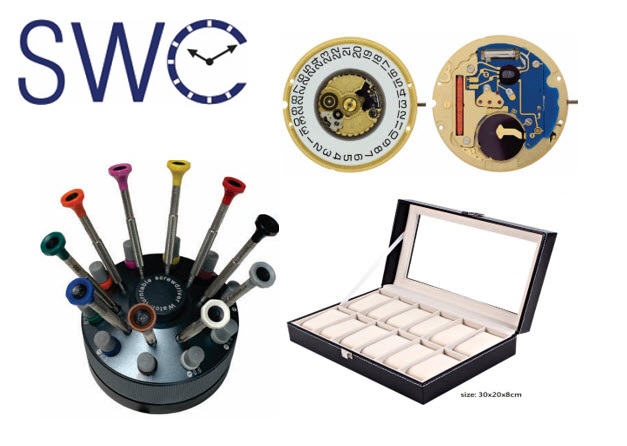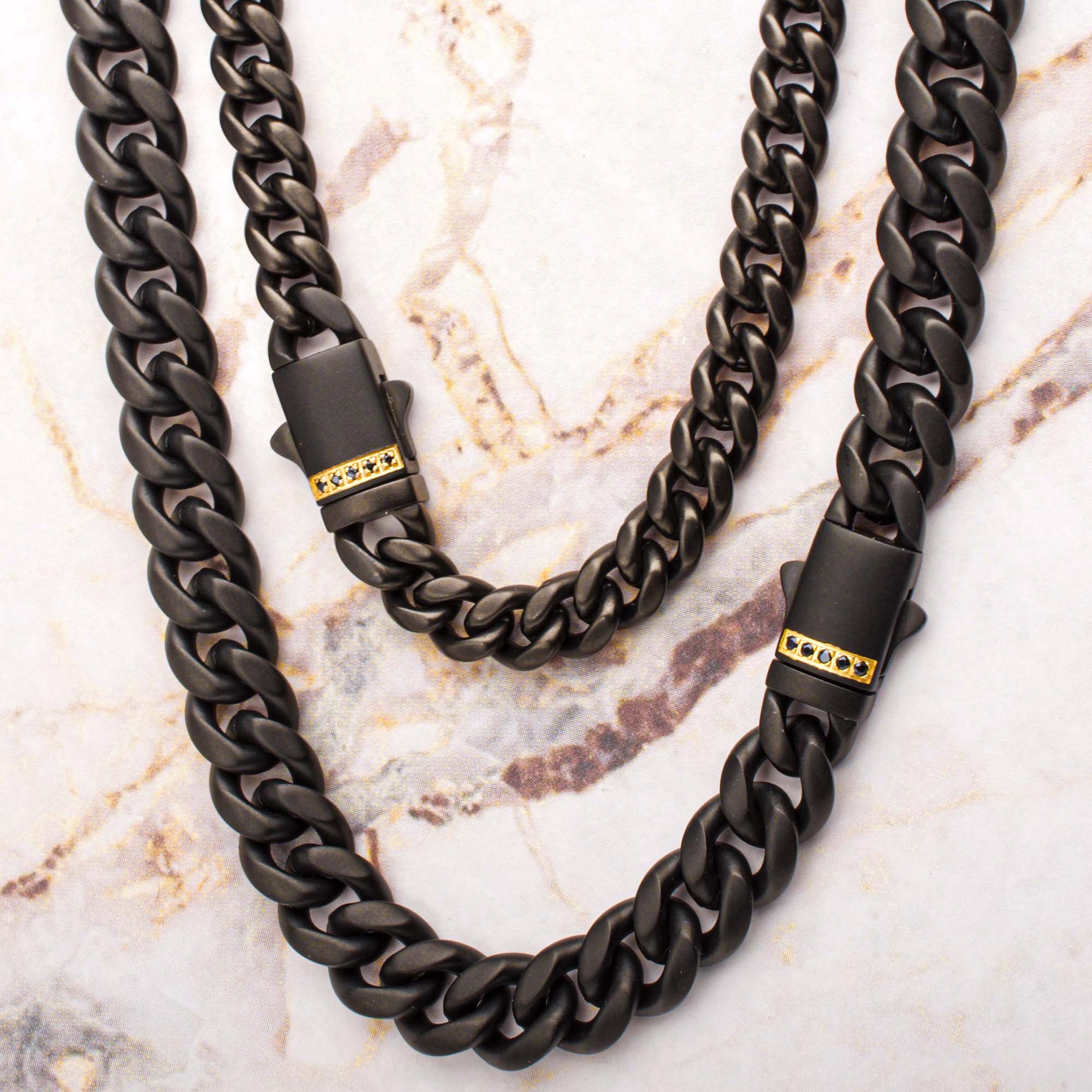Dollars and sense: News and views from the Canadian trade shows

Ash Tehrani, director for Toronto renovation firm, Direct Global Trade, says investing in a business when sales are slow can be a difficult decision to make. Renovating a store, for example, can be a significant undertaking both in time and expense. However, sprucing up displays or creating better traffic flow within a store can help attract clients, Tehrani explains.
He recalls one recent project involving a store with a wall dedicated to giftware, even though watches and bridal accounted for the majority of sales. Rather than bringing in more displays for engagement and wedding rings, Tehrani suggested adding chairs to the store’s bridal section to create an intimate selling experience. “The couple would be able talk more freely and feel more comfortable,” he explains. “You can use a store’s design to create a more enjoyable selling experience.”
Anita Agrawal of Toronto’s Best Bargains says retailers have to present consumers with a value proposition that touches on the longevity a piece of fine jewellery can offer to help influence spending.

“People in their 40s aren’t buying fine jewellery,” she says. “Instead, they’re buying costume jewellery. High-end jewellery always sells because there is a demographic of elite buyers that will purchase it, but as an industry, we haven’t given the average person a value proposition as to why they need to buy jewellery. Maybe we need to give people a list of the 10 essential pieces of jewellery every woman needs, such as pearl studs, diamonds studs, diamond ring, birthstone earrings and ring, a locket, and gold and silver chains, and then talk about why they need it.”
The watch category also appears to be struggling. According to the Federation of the Swiss Watch Industry (FH), exports in June were up 3.3 per cent compared to June 2014. The first six months of 2015, however, saw an increase in exports of only +0.40 per cent compared to the same period last year. The fashion watch sector is also experiencing a decline. While some may debate the impact of the Apple Watch on the sale of traditional timepieces, others point to the fact younger consumers have grown up unaccustomed to wearing watches to tell time, relying instead on smartphones.







